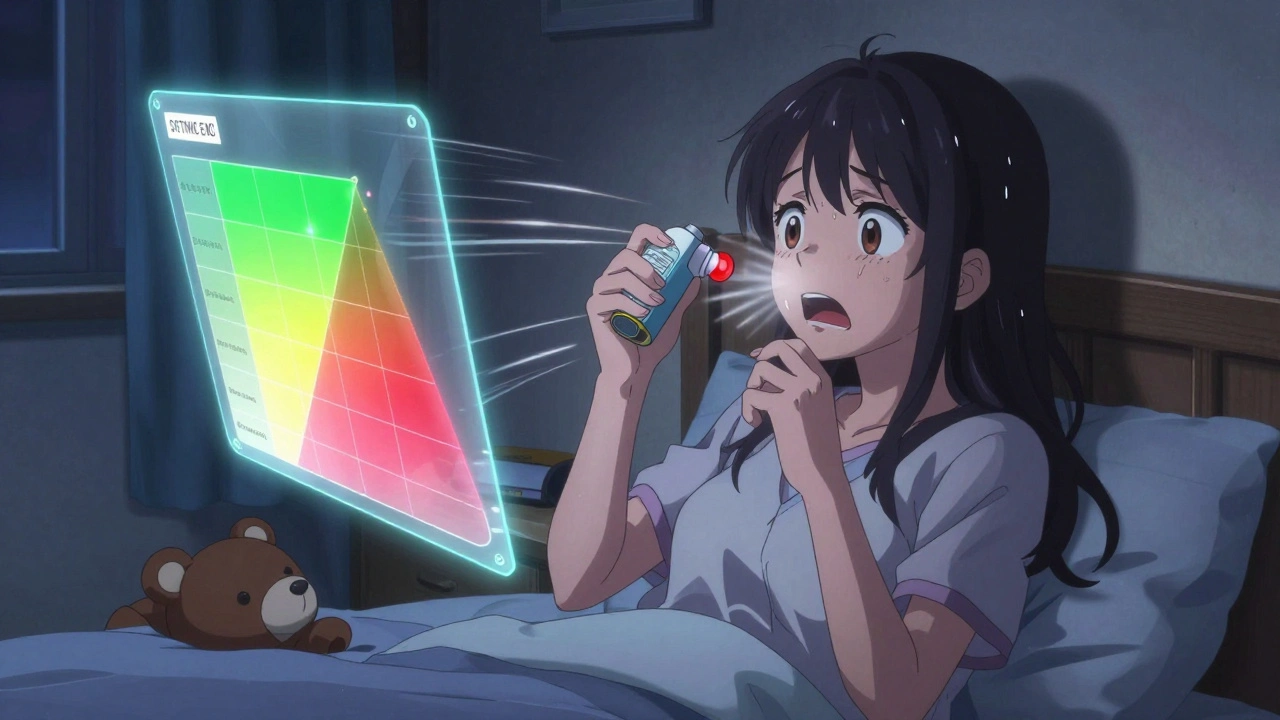Overactive Bladder Medication: What Works and Why
When dealing with overactive bladder medication, drugs designed to calm a hyperactive bladder and reduce sudden urges to pee. Also known as OAB treatment, it plays a key role in managing urinary urgency and frequency. The most common class, anticholinergics, works by blocking nerve signals that trigger bladder contractions, a direct way to lower urgency episodes. A newer option, beta‑3 adrenergic agonists, relaxes the bladder muscle through a different pathway, offering relief for patients who can’t tolerate anticholinergic side effects. In short, overactive bladder medication encompasses these drug families and provides the pharmacologic backbone for symptom control.
Beyond Pills: Lifestyle and Behavioral Strategies
Medication alone rarely solves the whole picture. Bladder training is a behavioral technique that teaches the bladder to hold urine longer, reducing the frequency of trips to the bathroom. Combining training with timed voiding creates a feedback loop: the more you stick to a schedule, the less urgency you feel, which in turn makes the schedule easier to follow. Fluid management also matters; cutting back on caffeine and alcohol can lower irritability, while staying hydrated with water helps keep the urinary system functioning smoothly. These habits complement the drug action, making the overall treatment plan more effective.
Understanding side effects is crucial for staying on track. Anticholinergics may cause dry mouth, constipation, or blurred vision, while beta‑3 agonists can lead to mild headache or high blood pressure in some people. Discussing these risks with a healthcare provider helps you choose the right medication and adjust the dose if needed. Monitoring symptoms weekly gives you data to share with your doctor, ensuring the chosen therapy stays aligned with your daily life and goals.
Armed with this mix of pharmacology, training, and lifestyle tweaks, you’ll be ready to pick the right approach for your situation. Below you’ll find a curated set of articles that dive deeper into each medication class, share real‑world tips for bladder training, and explain how to balance side effects with quality of life. Let’s explore the options and find the combination that helps you regain control.
Ditropan (Oxybutynin) vs Alternatives: Find the Best Overactive Bladder Medicine
Compare Ditropan (oxybutynin) with leading overactive bladder alternatives. Learn about efficacy, side‑effects, dosing and cost to choose the right drug.






